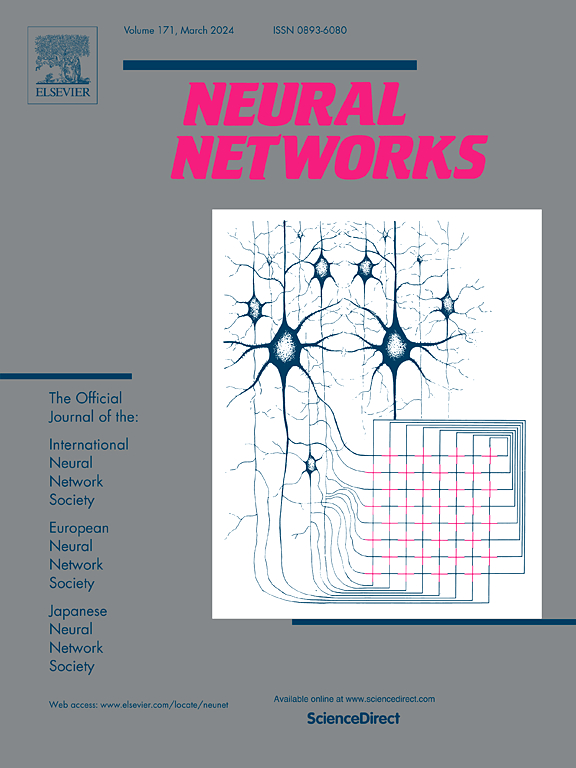A prompt tuning method based on relation graphs for few-shot relation extraction
IF 6
1区 计算机科学
Q1 COMPUTER SCIENCE, ARTIFICIAL INTELLIGENCE
引用次数: 0
Abstract
Prompt-tuning has recently proven effective in addressing few-shot tasks. However, task resources remain severely limited in the specific domain of few-shot relation extraction. Despite its successes, prompt-tuning faces challenges distinguishing between similar relations, resulting in occasional prediction errors. Therefore, it is critical to extract maximum information from these scarce resources. This paper introduces the integration of global relation graphs and local relation subgraphs into the prompt-tuning framework to tackle this issue and fully exploit the available resources for differentiating between various relations. A global relation graph is initially constructed to enhance feature representations of samples across different relations based on label consistency. Subsequently, this global relation graph is partitioned to create local relation subgraphs for each relation type, optimizing the feature representations of samples within the same relation. This dual approach effectively utilizes the limited supervised information and improves tuning efficiency. Additionally, recognizing the substantial semantic knowledge embedded in relation labels, this study integrates such knowledge into the prompt-tuning process. Extensive experiments conducted on four low-resource datasets validate the efficacy of the proposed method, demonstrating significant performance improvements. Notably, the model also exhibits robust performance in discerning similar relations.
求助全文
约1分钟内获得全文
求助全文
来源期刊

Neural Networks
工程技术-计算机:人工智能
CiteScore
13.90
自引率
7.70%
发文量
425
审稿时长
67 days
期刊介绍:
Neural Networks is a platform that aims to foster an international community of scholars and practitioners interested in neural networks, deep learning, and other approaches to artificial intelligence and machine learning. Our journal invites submissions covering various aspects of neural networks research, from computational neuroscience and cognitive modeling to mathematical analyses and engineering applications. By providing a forum for interdisciplinary discussions between biology and technology, we aim to encourage the development of biologically-inspired artificial intelligence.
 求助内容:
求助内容: 应助结果提醒方式:
应助结果提醒方式:


